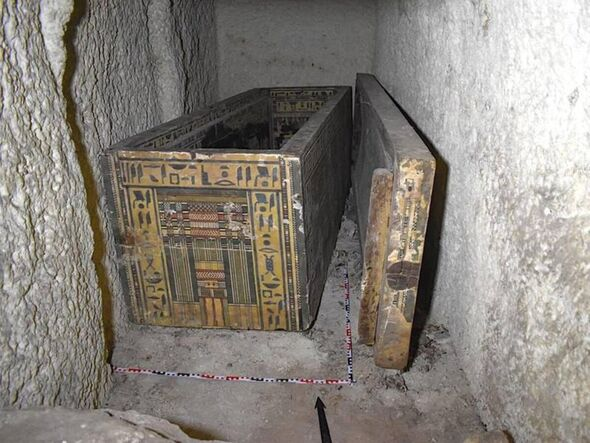
Tomb of King Thutmose II unearthed near valley of the Kings
Egyptian authorities have announced the discovery of the tomb of King Thutmose II, marking the first royal burial site uncovered since the legendary finding of Tutankhamun’s tomb in 1922. The tomb, located near the Valley of the Kings in Luxor, belonged to the 18th dynasty ruler who lived nearly 3,500 years ago.
Significance of the discovery
King Thutmose II, an ancestor of Tutankhamun, was married to his half sister, Queen Hatshepsut, one of ancient Egypt’s most renowned female pharaohs. Her grand mortuary temple, situated on the west bank of the Nile in Luxor, is only a few kilometers from the site where his tomb was found.
Preliminary examinations indicate that the tomb’s contents were removed in antiquity, leaving it devoid of a mummy or the lavish artifacts associated with the Tutankhamun discovery. However, Egypt’s antiquities ministry hailed the finding as “one of the most significant archaeological breakthroughs in recent years.”
Excavation details
The excavation was carried out by a joint Egyptian-British mission, led by the Supreme Council of Antiquities in collaboration with the New Kingdom Research Foundation. The tomb’s entrance was initially identified in 2022 within the Luxor mountains, west of the Valley of the Kings. At first, it was believed to be the burial site of a royal wife. However, subsequent findings revealed alabaster jar fragments inscribed with the name of Pharaoh Thutmose II, along with inscriptions referencing his chief royal consort, Queen Hatshepsut. This confirmed the tomb’s true owner.
Challenges and notable finds
Shortly after the king’s burial, water inundated the tomb, causing significant damage to the interior. The flooding left behind fragments of plaster containing excerpts from the Book of Amduat, an ancient funerary text detailing the journey through the underworld.
Additionally, archaeologists recovered pieces of funerary furniture belonging to Thutmose II. The antiquities ministry noted that this is the first discovery of its kind related to the pharaoh.
Dr. Piers Litherland, head of the excavation team, stated that further work in the area is planned, with hopes of uncovering the tomb’s original contents.
Impact on Egypt’s tourism and cultural heritage
In recent years, Egypt has made numerous major archaeological discoveries, aiming to bolster its tourism sector, a vital contributor to the country’s economy. In 2024, Egypt welcomed 15.7 million tourists and is targeting 18 million visitors by 2025.
A key component of the nation’s tourism strategy is the highly anticipated opening of the Grand Egyptian Museum, located near the pyramids in Giza. After years of delays, officials have confirmed that the museum is set to finally open this year.






